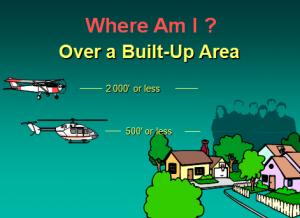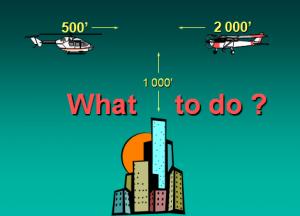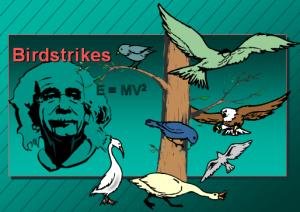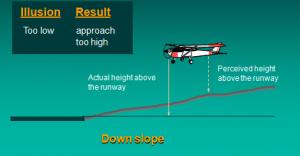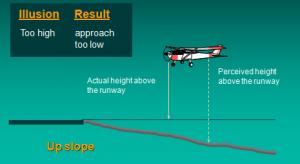Technical Program Evaluation and Co-ordination
The following document is available in Microsoft Office PowerPoint format and can be viewed with Microsoft Office PowerPoint or a Microsoft Office PowerPoint Viewer. [ PowerPoint, 3.4 MB]
Slide 1
Low Level Flying
Brigitte Ouellet
System Safety
Slide 2
Content
-
Recency training requirements
-
Altitudes and minimum distances
-
Birdstrikes
-
Illusions and disorientation
-
VFR flights in adverse weather conditions
Slide 3
Recency Requirements
-
safety seminar given by Transport Canada Aviation
-
questionnaire published in Aviation Safety Newsletter
-
obtaining a rating, a permit or a license
Slide 4
Altitudes and Minimum Distances
Slide 5
Where Am I ?
Over a Built-Up Area
Slide 6
Fatigue
Slide 7
Slide 8
Did you know...
-
Only known objects extending 300 feet or more will be depicted on VFR chart.
-
Alert TC if there are such objects not depicted on VFR chart.
-
Make sure you will not enter an MF or ATF Zone.
Speaker's Notes
Obstacles not yet depicted on charts are listed in the Planification Section of the CFR
Slide 9
Birdstrikes
E = M V2
To minimize the risks
Illusions and disorientation
Vestibular apparatus and loss of visual references
Runway length and width
Runway and terrain on a slope
Runway and terrain on a slope
What else ?
Black Hole “effect”
At night when there is no lightning before the runway.
Stronger effect by clear night
How to fight illusions
Disorientation
Contributory Factors
Vestibular Apparatus
Semi-circular canals
What happens ?
No turns
What happens ?
Accelerating turn
What happens ?
Prolonged constant turn
What happens ?
Decelerating turn
Opposite Turning Illusion
When will it happen ?
- As the fluid speed reaches that of the canal the inner ear tells the brain there is no motion.
- In clouds, when you loss visual cues, your brain will receive false messages. YOU MUST THRUST YOUR INSTRUMENTS.
- It was proven that pilots with no instrument flight knowledge will put the aircraft in a spin within one minute.
Coriolis Illusion
When will it happen ?
- Fluid in all three canals is in motion.
- When the fluid speed reaches that of the semi-circular canals, your brain receives the message that everything is in equilibrium on a vertical plane.
- When the motion is stopped and the head held upright, the inner ear signals the brain that the body is falling over. SENSATION OF TUMBLING
- Sensation is stronger when your head turns in the direction opposite to that of the airplane.
To reduce the risks
- Ask about the side-effects of any over the counter medication to your aviation medical examiner.
- Drinking and flying is deadly.
- Human senses are not perfect.
VFR flight in adverse weather conditions
TSB Recommendation
TSB expressed its concerns over the frequency and the consequences of CFIT and LOC accidents.
CFIT
What is Controlled Flight into Terrain?
When the aircraft collide with an obstacle before the pilot can react and avoid it.
CFIT accidents kill more people than any other type of aircraft accident.
Safety of VFR Flight
VFR flight into IMC
Violations
Analysis
Human Performance
Navigation
Control of the aircraft
To Prevent CFIT
Detect the obstacle * identify hazard
Select and implement evasive action
Decrease in visibility !!!...
Countermeasures
Aircraft Performances
-
How much airspeed will you lose if you slam your aircraft into a 45o bank turn ?
-
How much more space will you need with a 20 knot wind behind you half way round the turn ?
-
If you have to pull up quickly straight ahead, what airspeed will you have after 300 feet of climb ?
REVIEW
Regulations may well have protected
these people, had they been observed
